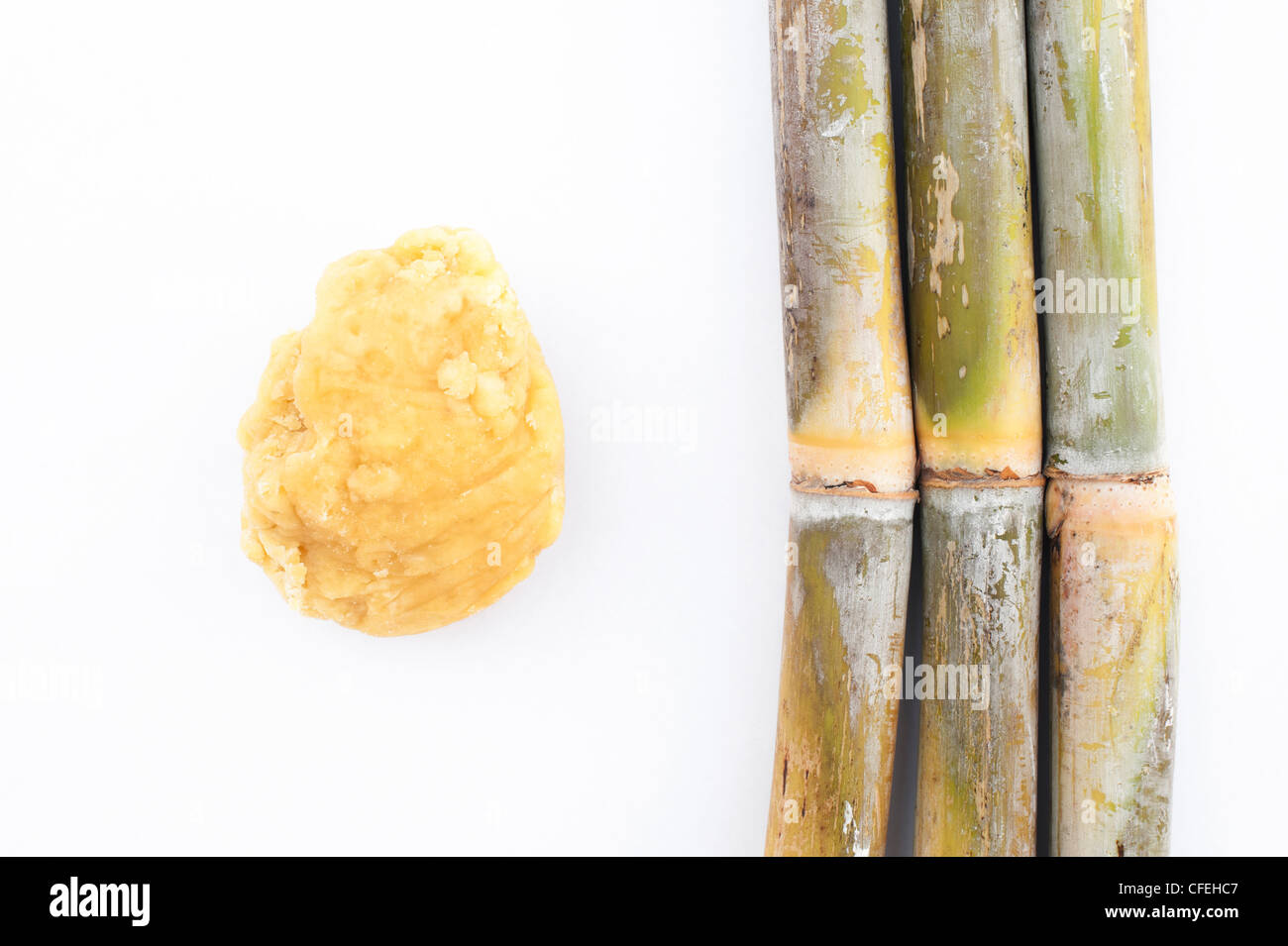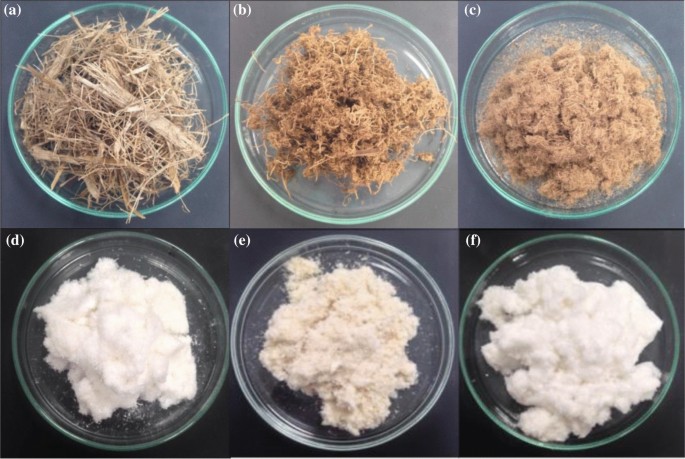How to Choose the Best Sugarcane Product for Your Needs
How to Choose the Best Sugarcane Product for Your Needs
Blog Article
The Trip of Sugarcane: From Harvest to Everyday Products
The trip of sugarcane is a complex procedure that begins with precise cultivation and finishes in a selection of items that permeate our every day lives. From the minute the walking sticks are gathered at their top sucrose levels, they undertake a collection of elaborate steps, consisting of washing, crushing, and explanation. These procedures not only produce sugar yet likewise unlock a series of spin-offs, such as ethanol and biodegradable product packaging products. As we explore the numerous aspects of sugarcane's journey, its duty in sustainability and the wider implications for our setting entered into sharper emphasis. What lies past the wonderful surface?
Growing of Sugarcane
The cultivation of sugarcane is an essential agricultural procedure that requires certain environmental conditions and monitoring practices. Optimum growth happens in subtropical and tropical regions where temperature levels range between 20 ° C and 32 ° C. Adequate rains or irrigation is important, as sugarcane grows in moist dirt with well-drained problems (sugarcane product). Soil high quality dramatically influences return; hence, farmers often carry out dirt examinations to figure out nutrient needs
Planting normally occurs in rows, using stem cuttings referred to as setts, which are planted horizontally. This technique facilitates efficient gathering and makes the most of sunshine direct exposure. Plant turning and intercropping are recommended methods to improve dirt fertility and lower pest infestations. Farmers use incorporated pest management strategies to reduce chemical inputs while guaranteeing healthy crop development.
Timely application of these plant foods can substantially improve sugar returns. In general, effective sugarcane growing pivots on a combination of ecological stewardship, calculated preparation, and continuous management methods.
Harvesting Methods
Effective sugarcane growing finishes in the harvesting stage, which is critical for maximizing yield and making certain high quality. The timing of the harvest is critical; sugarcane is usually collected when sucrose levels height, usually in between 10 to 18 months after planting. This duration varies based on environment, soil type, and sugarcane range.
Collecting methods can be generally classified into handbook and mechanical methods. Manual harvesting is labor-intensive, relying on knowledgeable workers who utilize machetes to reduce the stalks close to the ground. This technique permits discerning harvesting, where only the ripest walking sticks are picked, thereby improving general sugar web content.
Alternatively, mechanical harvesting has acquired popularity because of its performance and cost-effectiveness. Specialized farmers equipped with cutting knives and conveyor systems can process big areas swiftly, dramatically reducing labor costs. However, this method may cause the addition of premature walking sticks and a possible decline in sugar top quality.

No matter the technique utilized, guaranteeing that harvested canes are transported swiftly to refining facilities is important. Prompt handling decreases perishing and protects the stability of the sugarcane, setting the phase for ideal processing.
Handling Approaches
Processing sugarcane entails several important steps that transform the collected stalks into usable items, primarily sugar and molasses. The first phase is washing the walking cane to eliminate soil and particles, followed by the removal of juice with squashing or milling. This procedure generally uses heavy rollers that damage the walking stick fibers to release the wonderful liquid had within.
When the juice is removed, it goes through clarification, where pollutants such as soil bits and bagasse are removed. This is commonly achieved by including lime and heating the juice, enabling sedimentation. The clarified juice is then focused through dissipation, where water content is minimized, resulting in a thick syrup.

Inevitably, the handling of sugarcane not just creates sugar and molasses yet additionally prepares for various derivatives, which will certainly be discovered in subsequent conversations.
Products Derived From Sugarcane
Sugarcane is a versatile plant that yields a broad selection of products beyond just sugar and molasses. Amongst the key by-products are ethanol and biofuels, which have acquired prestige as renewable resource resources. Ethanol, generated via the fermentation of sugarcane juice, works as an alternate to fossil fuels and is usually blended with gasoline to produce cleaner-burning fuels, minimizing greenhouse gas exhausts.
In addition, sugarcane is a substantial resource of bagasse, the coarse deposit remaining after juice extraction. Bagasse is utilized in various applications, including the production of paper, naturally degradable packaging, and as a biomass fuel for energy generation. Its use not only reduces waste but also enhances the sustainability of sugarcane processing.
Moreover, linked here sugarcane-derived items include the food industry, where it works as an all-natural flavoring agent and sugar in numerous culinary applications. In the realm of cosmetics, sugarcane removes are included into skincare items because of their natural exfoliating residential or commercial properties.
Environmental Influence and Sustainability
The growing and processing of sugarcane have substantial ramifications for environmental sustainability. This plant needs substantial water sources, typically resulting in deficiency of regional water supplies and influencing surrounding ecosystems. Furthermore, the use of plant foods and pesticides in sugarcane farming can cause soil destruction and waterway air pollution, positioning risks to biodiversity.

Lasting sugarcane farming also promotes dirt wellness through crop rotation and lowered tillage, improving carbon sequestration. The fostering of these techniques not only supports ecological honesty but likewise improves the durability of farming communities against environment change.
Verdict
In recap, the journey of sugarcane encompasses different phases from farming to handling, ultimately resulting in a broad variety of items. The value of sugarcane extends beyond mere sweeteners, adding to sustainable power via ethanol manufacturing, lasting product packaging using bagasse, and natural extracts for cosmetics. This multifaceted crop plays an important function in both dietary enrichment and environmental sustainability, highlighting its value in contemporary agricultural and industrial methods.
Successful sugarcane cultivation culminates in the harvesting phase, which is pivotal for making the most of yield and guaranteeing quality. The timing of the harvest is essential; sugarcane is generally harvested when sucrose levels peak, generally in between 10 to 18 months after growing.Processing sugarcane involves several critical actions that change the gathered stalks into useful items, mostly sugar and molasses.Sugarcane is a flexible crop that generates a large range of products past simply sugar and molasses. Additionally, the usage of plant foods and pesticides in sugarcane farming can result in soil destruction and waterway pollution, posturing dangers to biodiversity.
Report this page